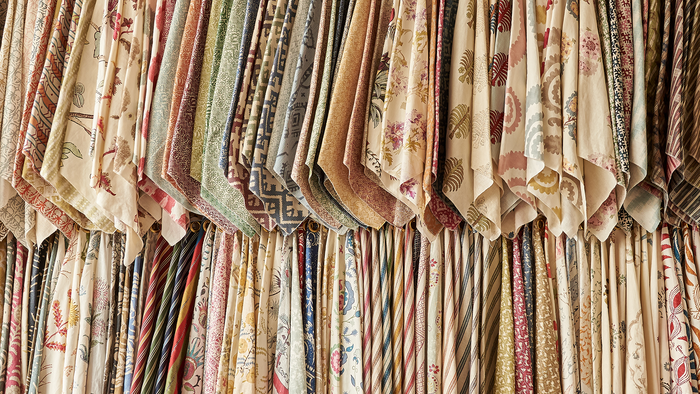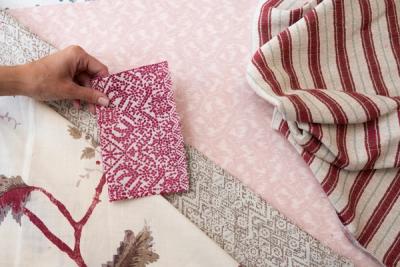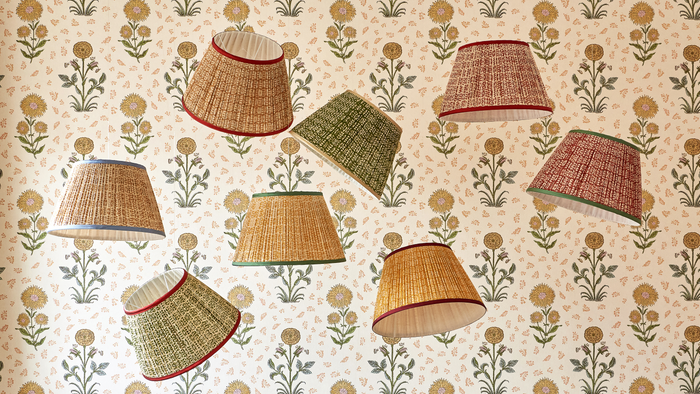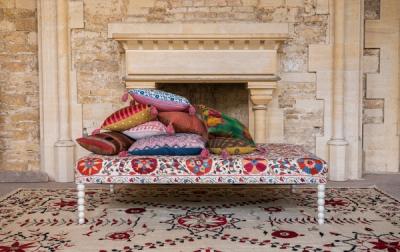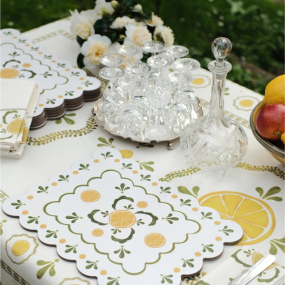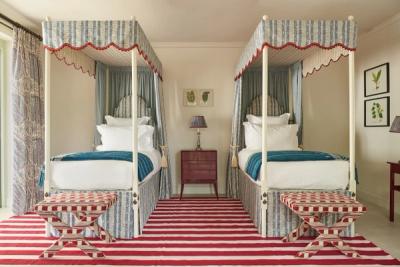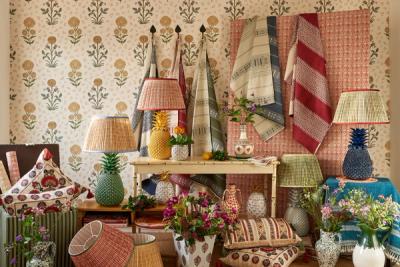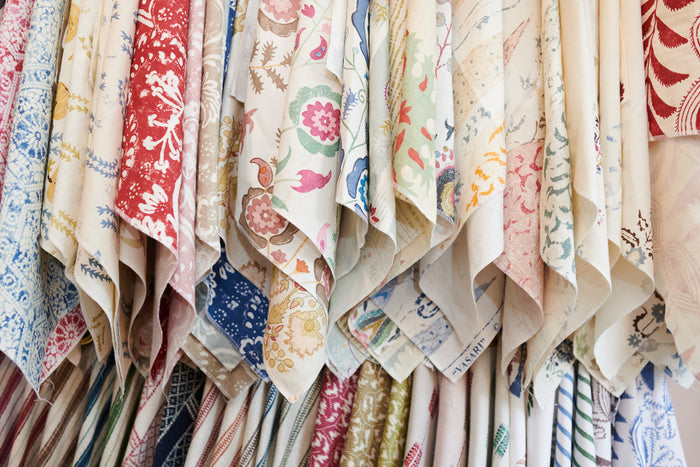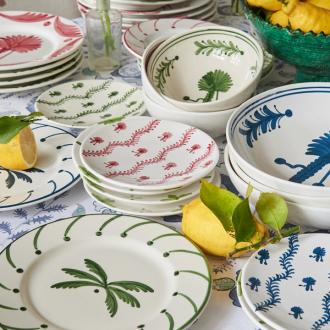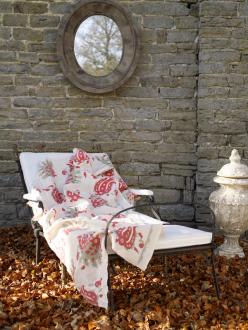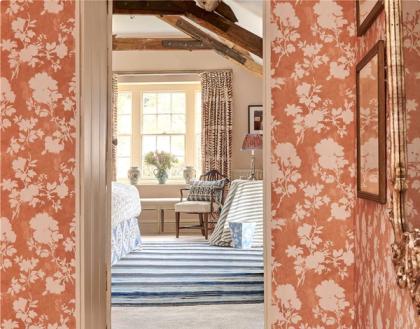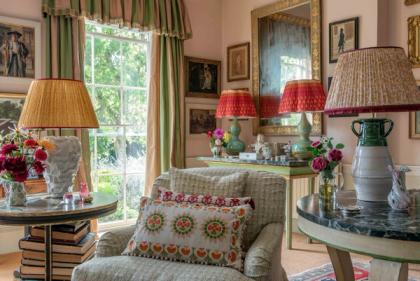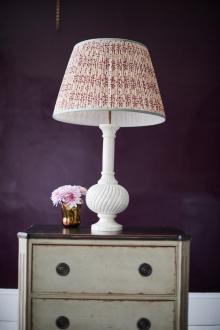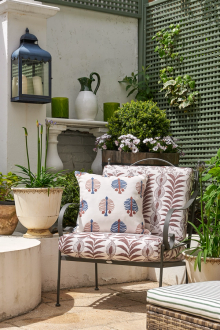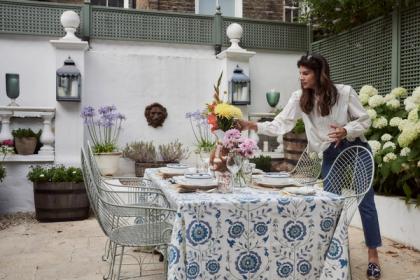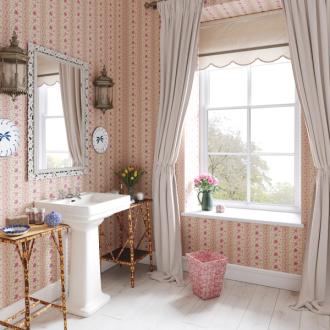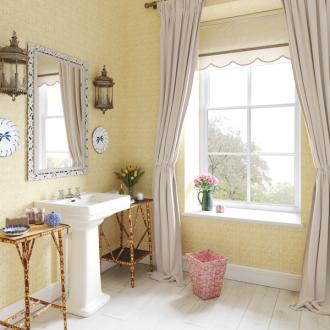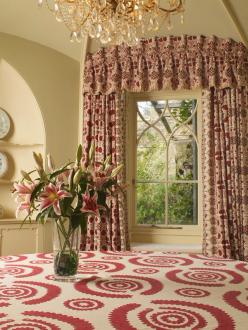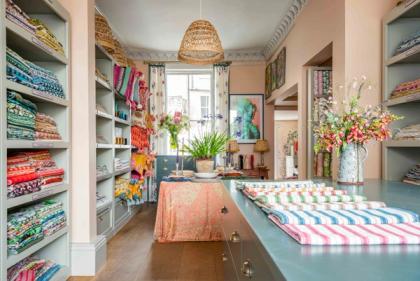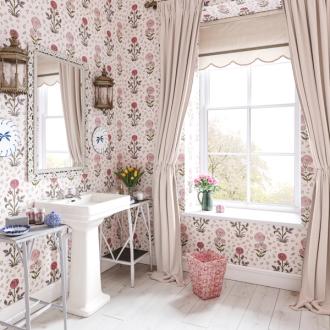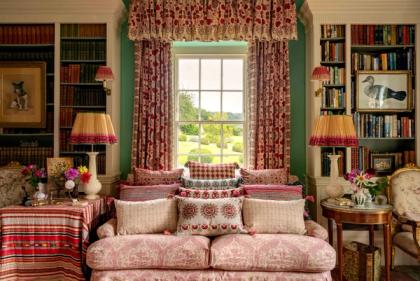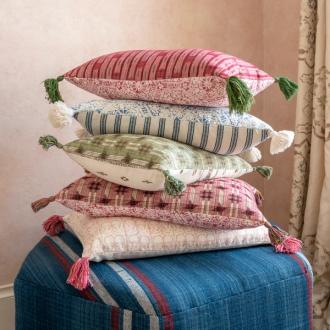The Penny Morrison Guide to Avoiding the Trends, and Finding Your Style Instead
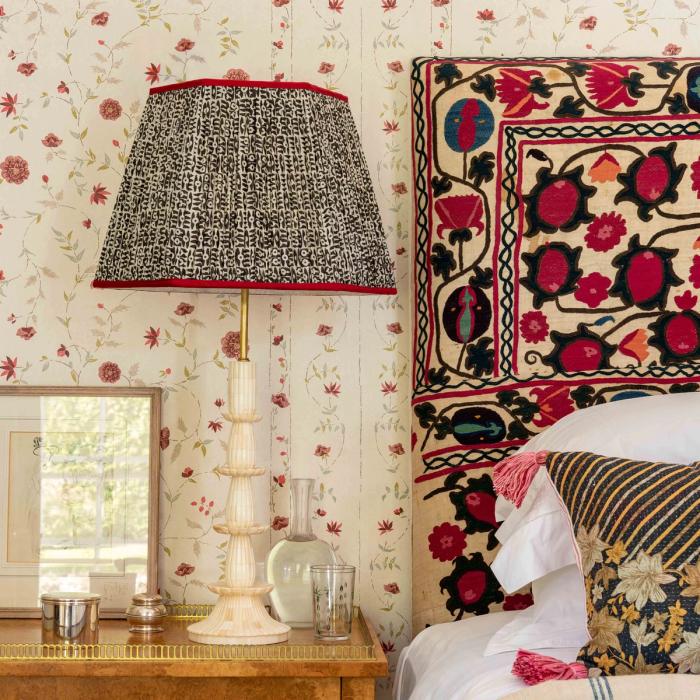
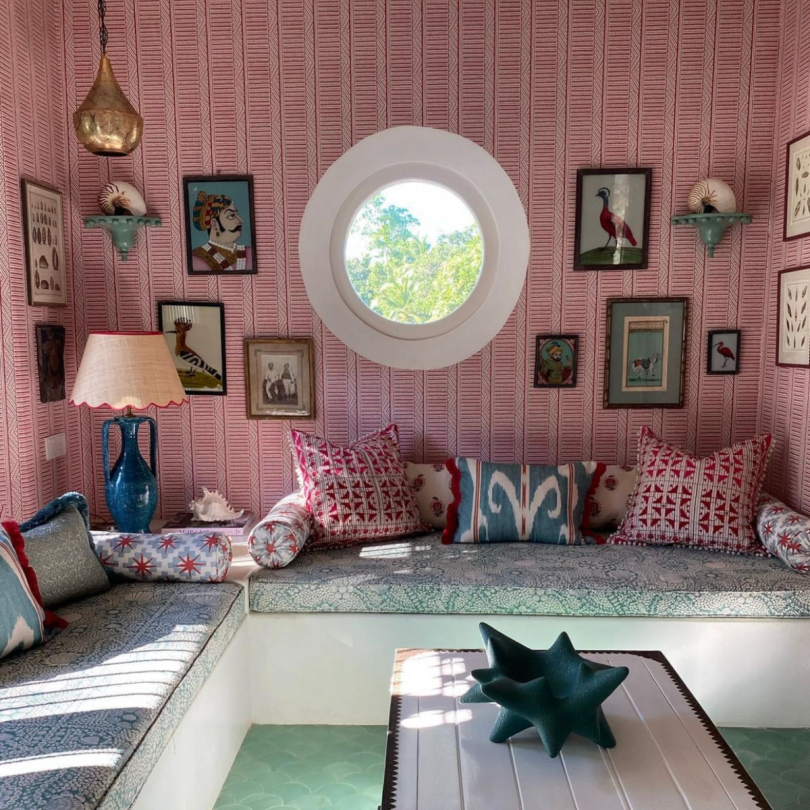
When we intentionally decorate our homes around particular trends that catch our eye, they can start to look old, tired, and uninspiring almost as quickly as they arrived on the scene. Their novelty has a strong, instant appeal but, ultimately, no real staying power – and, sooner or later, they stop making us feel that excitement we’re looking for each time we return home and walk through the front door.
To a certain extent, most of us – even first-time homeowners – know this, but falling prey to the interior design trends remains incredibly easy, particularly with the internet making that wheel spin faster and faster. A well-staged room filled with professionally curated pieces will always impress, no matter what style it’s embodying, and that’s why so many of us know what it feels like to be drawn in by trends.
So, how do you break the cycle and avoid it?
The Four Questions to Ask Yourself
If you feel like you’re stuck in the cycle, then ground yourself and get your imagination going with these four key questions.
1. Do you know how to spot a trend?
When we’re talking about trends, we’re referring to styles of interior design that are not designed or suited to withstanding the test of time. It really does help when you’re able to recognise a passing trend and separate its novelty from the elements that you truly find beautiful and timeless – or, eventually, you end up right back where you started.
But not all trends are created equal. Some are born with a lot more staying power – for instance, ‘boho chic’ and ‘farmhouse’ – while others, tend to come and go a lot more erratically. Think of any interior design trend inspired by any time during the second half of the twentieth century.
Perhaps the easiest way to spot a trend is through the name itself. A rose by any other word smells as sweet as it always does, but that doesn’t mean it’s going to last forever. Classic, timeless décor doesn’t have a catchy label because it manifests as a combination of many different elements personal to each household. Broadly, this falls under the term eclecticism, making it very open to interpretation.
Boho chic, mid-century modern, tropical, ‘coastal grandma’, Hollywood regency – anything that evokes a very specific style tends to be a passing trend that people can recreate in no time flat.
2. Why is it best to avoid trends?
Trend cycles are moving faster and faster, and that speed has prompted many of us to alter our spending habits. The world’s capacity for fast, cheap mass production means that buying up an entire house’s worth of pieces that live up to a particular trend is incredibly easy – and, just as they begin to show those first signs of wear and tear, it’s time to replace them again.
Trends are seductive, and they’re hard to say no to, but they cause us to outfit our homes with pieces that aren’t really ‘us’, and that won’t stay looking beautiful for long.
When we follow our own eye for beauty and design, we don’t need to change things up (or, at least, change things drastically) every few months or years. Our homes reflect all the different facets of our personalities, rather than what’s trending online.
3. What if you really like a trend?
It’s important to remember that trends don’t exist in a bubble. While the separate elements create a very cohesive (and seductive) scene in a photograph or video, it’s still possible to separate those elements from one another and use them in very different ways.
So, if you really like a trend, ask yourself what you like about it, and try to remember that we’re supposed to like what we see – those photographs are staged to perfection. If you love a particular element, like a piece of furniture or a colour palette, there’s no reason why you can’t introduce that into your own style, without ‘throwing the baby out with the bathwater’, so to speak.
4. So, how do I determine my own decorating style?
You could ask 100 different people this same question and get 100 different answers but, ultimately, we find that it all boils down to one thing: embracing what you love. And, if it doesn’t boil down to that, it can’t be very good advice.
Why? Because, unless you’re passionate about what you’re creating within your own home, you can’t hope to love it six months from now, five years from now, or ten or twenty. True, any interior will change gradually over time, but the whole point of finding your own style is that it won’t ever need to change drastically – and that is, ultimately, what timeless design really is.
As we mentioned above, your own decorating style won’t have (and doesn’t need) a name. It doesn’t need to fit any mould or live up to the examples set by the magazines or the trending Pinterest boards.
This isn’t something that happens in one sudden change of heart – it takes years and years of feeling inspired, and feeling confident enough to turn that inspiration into something real and tangible. You can certainly draw inspiration from what you see online and, in the magazines, since not all ideas are totally divorced from what’s going on out there, but the point is to be inspired, not to feel like your sense of style is being dictated.
It is key that you curb your enthusiasm just enough to keep yourself from redesigning your entire home…
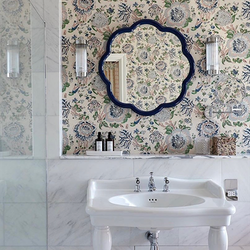
The Four Steps to Take
Turn all that theory into practical steps that will bring you closer and closer to a home that reflects you. True, building a home from the inside is a lifetime’s work – and worth far more than four simple steps – but you know what they say about every journey worth taking…
1. Start As You Mean to Go On
When we tell you to curb your enthusiasm, we’re not trying to put a dampener on your spirits or stop your imagination from running wild. Instead, it’s important to start as you mean to go on – and, by that, we mean take a measured and gradual approach from the very beginning.
Buying-up everything you like is part of catering to the trends. Gradually filling your home with the things that make you happy – the pieces that define you and your style – takes a lot longer, and that’s a big part of why you need to work on taking small steps, instead of a few energy-draining leaps.
Drawing on different influences, mixing prints and styles, making room for pieces that don’t necessarily correlate – but do complement – is what allows you to explore every part of your personality, and that’s not something you can start and finish in a week, a year, or even a decade.
You might prefer to focus on one room at a time – for instance, the landing. We’ve put together a guide to transforming the landing into a worthwhile space – a great way to put your stamp on a part of the home that may have been a little overlooked in the past.
2. Don’t cut yourself off from inspiration
Remember what we said about trends not existing in a bubble? It’s important to remember that you can and shouldstill be inspired by the world around you – by prominent (and, maybe, not-so-prominent) movements that appeal to you, designers you admire and, yes, the occasional trend.
Being inspired does not mean committing yourself, body and soul, to an all-encompassing style. There is no limit to the number of sources from which you can draw inspiration, and that is the key difference between exploring your personality through your décor, and exploring the trends through your décor.
Inspiration can be found in all places, and literal interpretation can be tempered by creative interpretation. Our imaginative minds take all sorts of convoluted paths, so you needn’t feel like isolating yourself from the wider world of interior design is the solution to finding your own sense of style.
3. Revitalise old pieces
Starting as you mean to go on also means not jumping to discard everything that you feel conflicts with your new vision. Breathing new life into a space really doesn’t take a big renovation project to pull off, and some relatively small changes can make an incredibly big difference to your home.
Choosing a new upholstery fabric for old pieces not only means revitalising your existing furniture and changing the entire impression a room makes as you walk through the door, but also creating something completely unique. Exploring your style through fabric is a wonderful thing to do, particularly if it means you’ll have something never seen before.
Don’t hold yourself back, and remember to be liberal with your fabric choices. While it’s true that mis-matching furniture is a key trend this year, this is one trend we can get behind for the long-haul. Uncoordinated furniture looks far more natural, far more personal, and far more interesting to anyone who walks in the room, and it also leaves plenty of scope for the room to evolve and develop overtime as you feel more and more inspired. You don’t have to turn into a maximalist – although we wouldn’t blame you if you did. You can for some maximalist inspiration if it appeals to you.
4. Layer, Blend, and Mix
If you’re relatively early on in your journey of ‘self-discovery’, then there is a good chance that you’re still going to struggle to ‘let go’ of that need to follow the rules, at least from time to time. Introducing a strong pattern, for instance, can leave you feeling like you need to rein yourself in, and keep other new additions relatively plain and adaptable so as not to overburden the room.
It's always worth keeping your existing prints and patterns (and colours) in mind, but also the fact that, with a little confidence, plenty of contrasting elements can sit side by side quite happily.
Layering these contrasting elements is what will give your home that sense of sumptuousness and intrigue. It’s like adding detail to a painting, or background music to a gathering of people. It’s texture and colour all at once, and it’s exactly what a room that feels too staged or too ‘styled’ needs.
There are different ways of introducing new patterns into a room, from the overtly maximalist to the more subtle. You can take a look at our guide to layering patterns from the walls to the floors if you want a little more guidance on the subject.
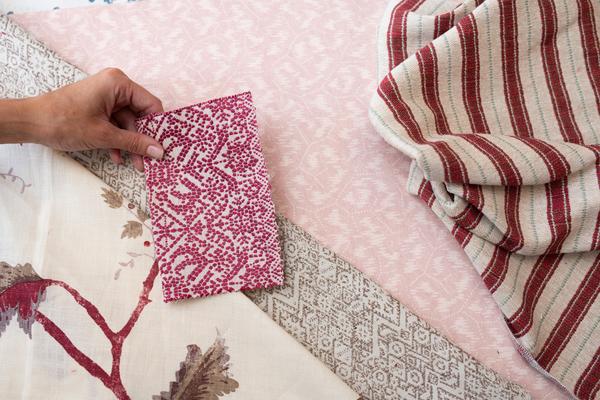
Literal vs Creative Interpretations
It’s always worth thinking of trends as literal interpretations of various styles, and of your own home as a creative interpretation of the world around you. These literal interpretations look incredible – they’re immersive, like a good film, and as much an escapist fantasy as an absorbing book. But, ultimately, they’re not realistic or sustainable in real life, since anything that takes us too far in one direction will, inevitably, make us long for something else in the end.
Designing interior spaces are fun and creative processes. Being your own interior designer means investing into pieces that will last for decades upon decades, and taking pride in a collection that is wholly unique, and reflective of who you are, and what inspires you.
More than ever, interior designers are leaning into this sort of approach. Handmade pieces are more popular than they ever have been, and it’s not hard to see why. As that cycle gets faster and faster, more of us are looking for ways to jump off of it for good.
At Penny Morrison, we are passionate about creating and finding pieces that have been made slowly, and from a place of expertise and skill, rather than a race to cater to the trends. We are committed to beauty and longevity, rather than that short-lived appeal that can only support itself for so long. Open yourself up to inspiration, not literal interpretation, and you’ll find a lot more to enjoy, and a lot more to feel passionate about.
